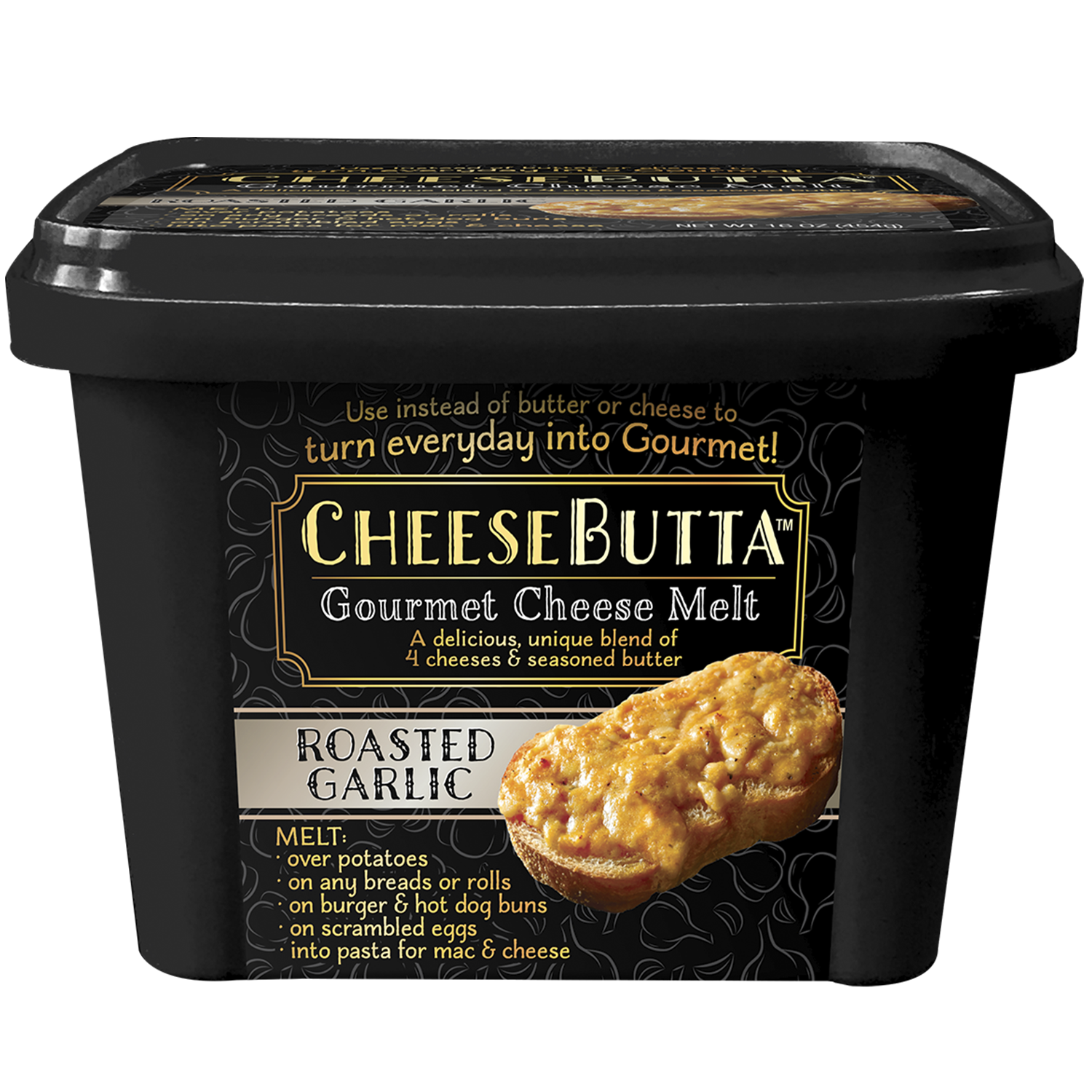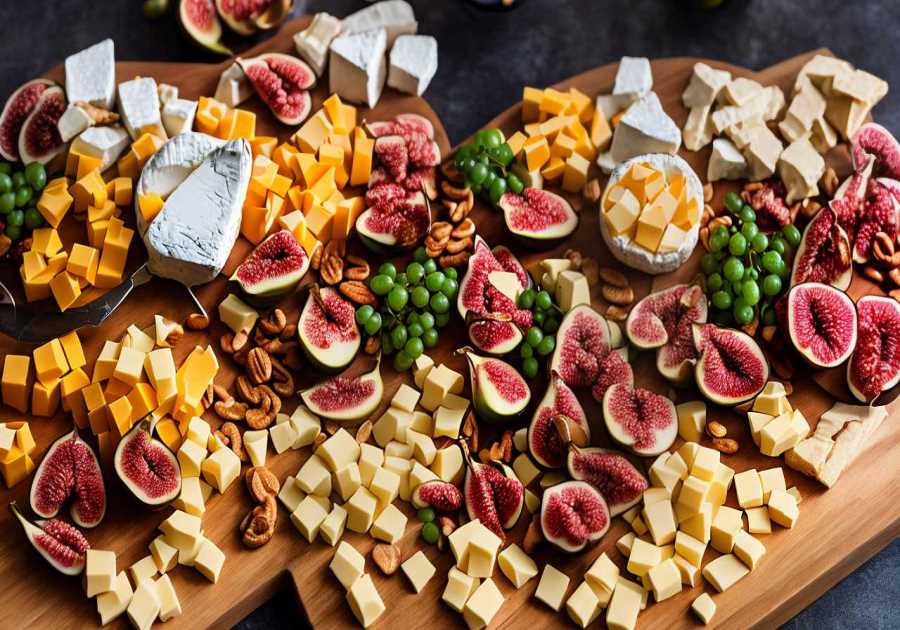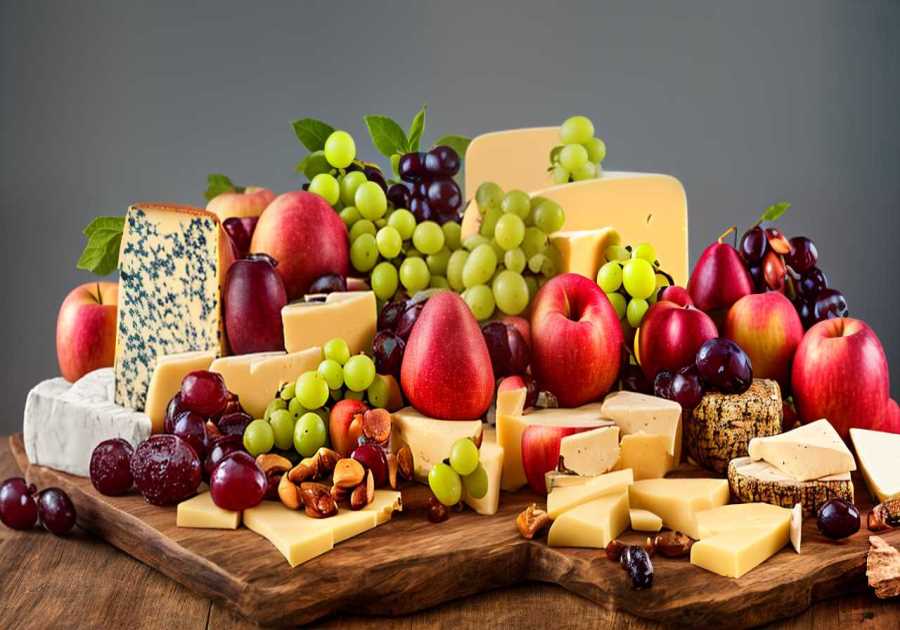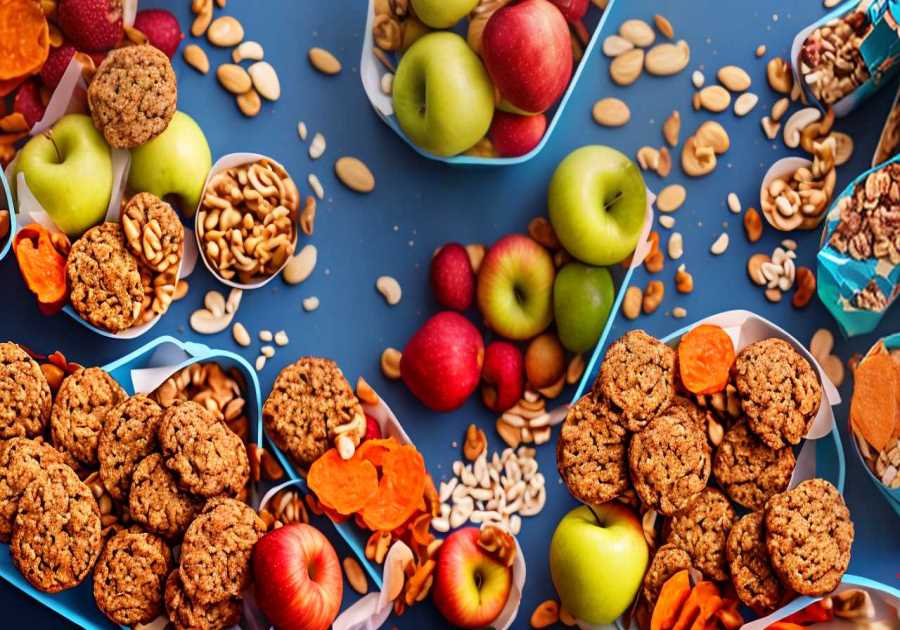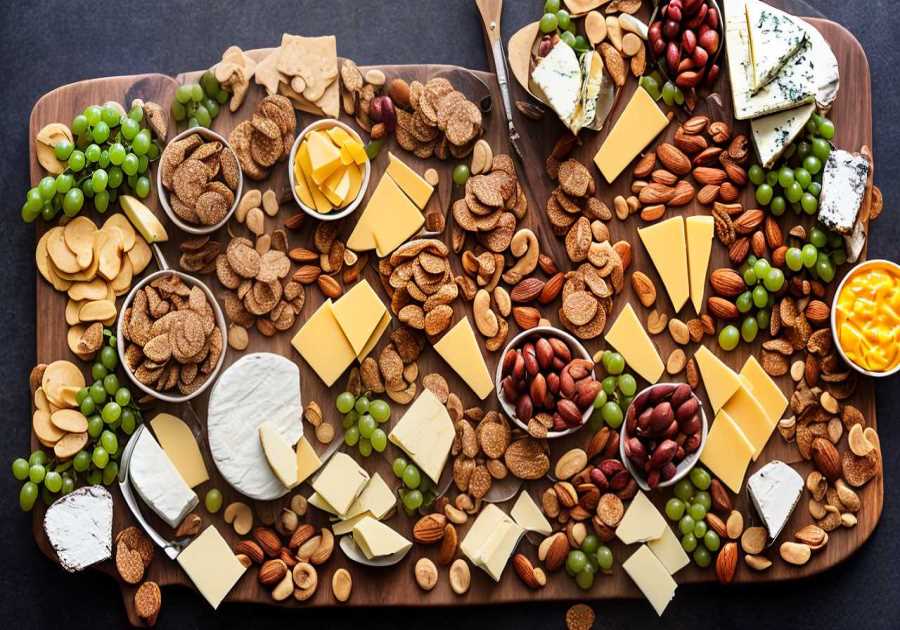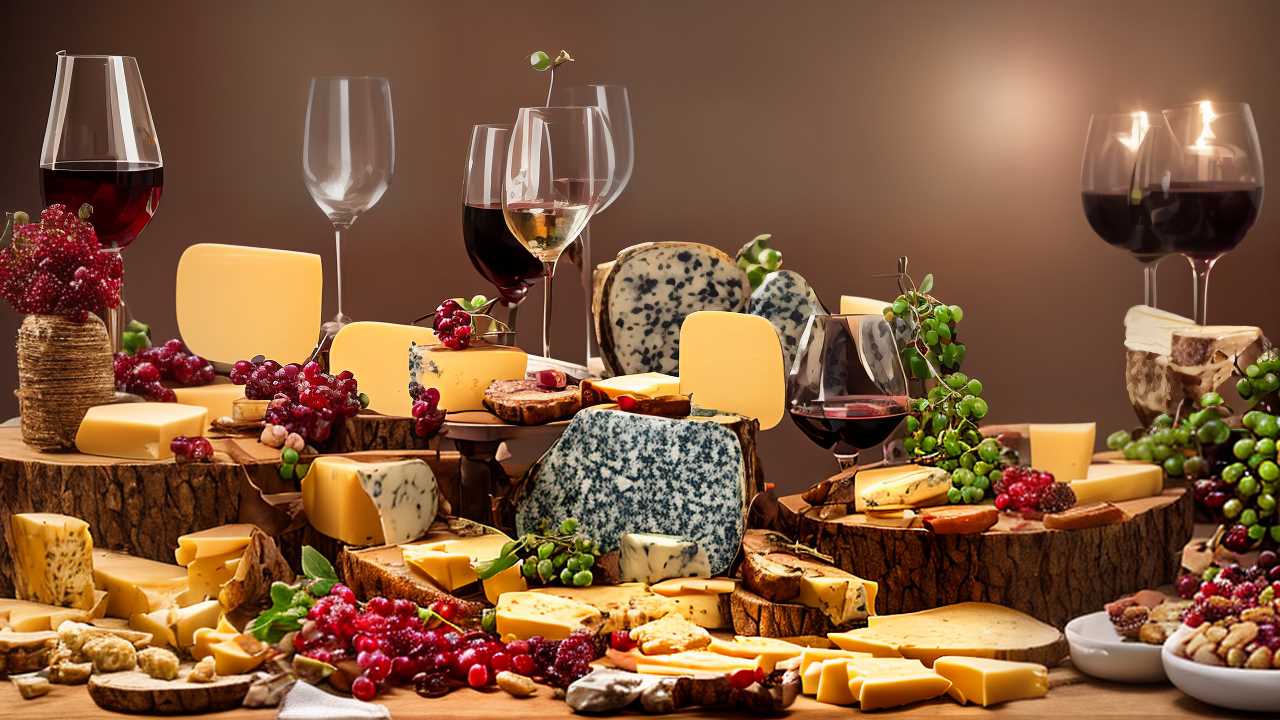
What Pairs Well With Cheese?
When you pair cheese with the right wines, fruits, nuts, or meats, you unlock a symphony of flavors that can elevate any gathering. For instance, a robust Cheddar pairs delightfully with a full-bodied Cabernet Sauvignon, enhancing each other's flavors for a truly memorable taste. Complement a creamy Brie with fresh berries or crunchy almonds and experience an explosion of creaminess and crispness. Don't forget the charcuterie; something like spicy chorizo can stand up to a buttery Manchego, balancing out the richness with a touch of heat. As you explore these combinations, you'll discover even more ways to create unforgettable cheese boards.
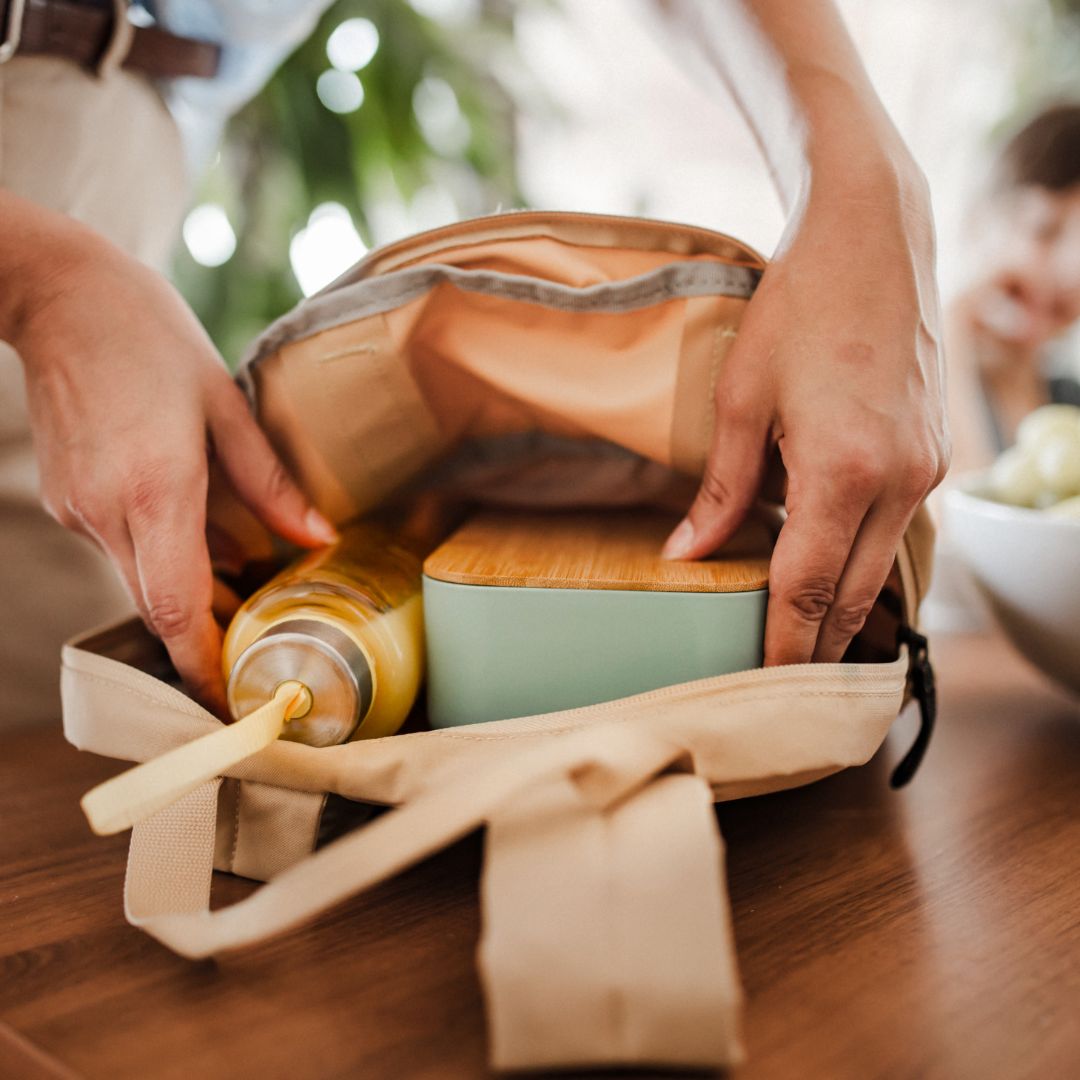
Selecting the Perfect Wine
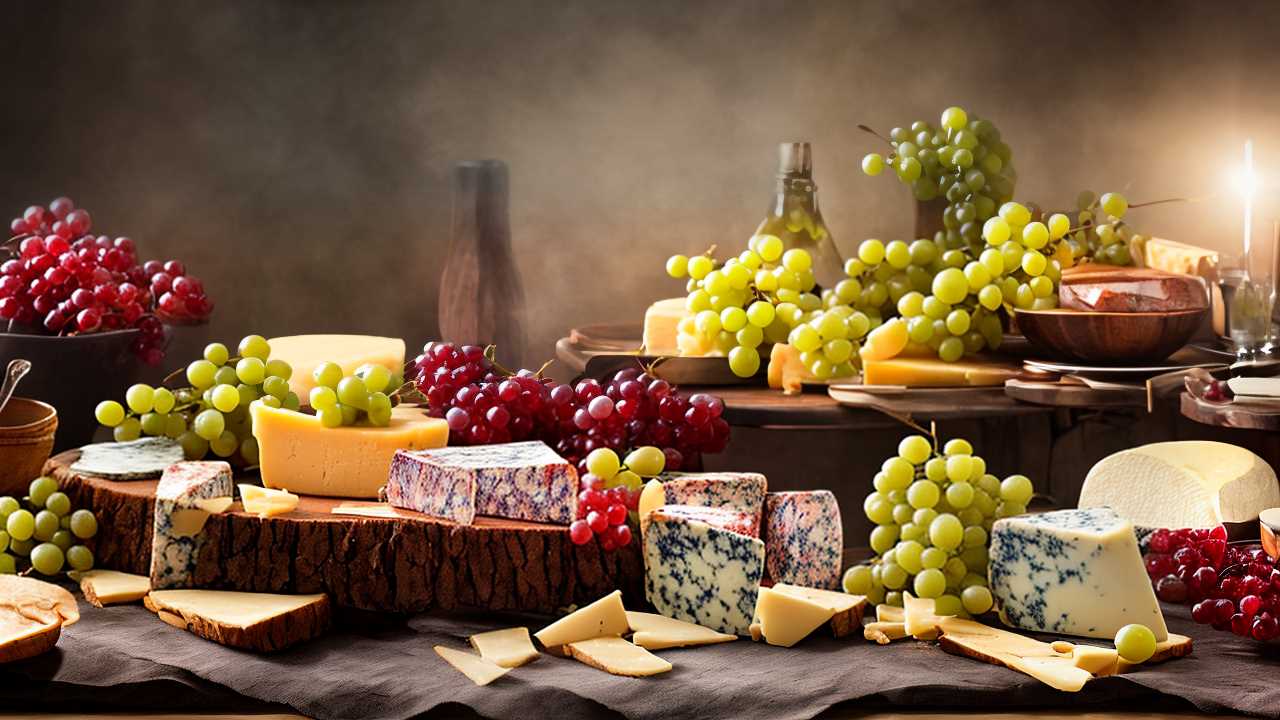
Pairing the perfect wine with cheese elevates both to a sublime experience. You want your guests to revel in every sip and bite, appreciating the harmony of flavors. To master this, you'll dive into the world of tasting notes and explore renowned wine regions, ensuring each selection complements the cheese board you artfully present.
Consider including CheeseButta® Gourmet Cheese Melts on your cheese platter, which are perfect for pairing with a variety of wines due to their rich, creamy texture and blend of flavors.
Start by considering the intensity and texture of the cheeses you've chosen. A robust Cheddar pairs splendidly with a full-bodied Cabernet Sauvignon from Napa Valley, where the bold tannins balance the cheese's rich creaminess.
For softer cheeses like Brie or Camembert, a lighter, fruit-forward Pinot Noir from Burgundy offers a delicate contrast that enhances the creamy texture without overwhelming it.
If you're serving a tangy goat cheese, reach for a crisp Sauvignon Blanc from New Zealand. The wine's acidity and bright citrus notes create a refreshing palate cleanse that readies your guests for another flavorful bite.
Exploring these combinations allows you to offer a thoughtful and memorable tasting experience.
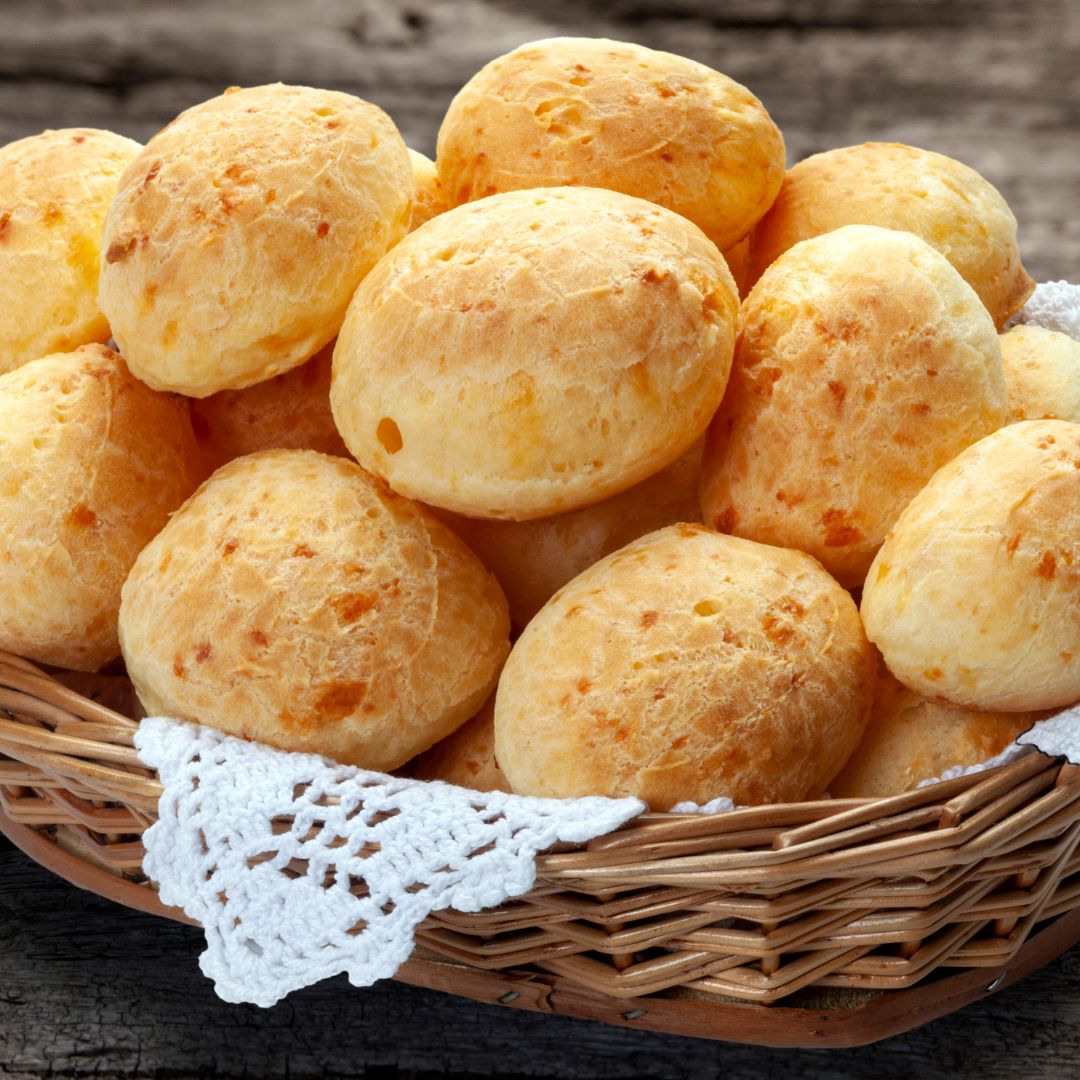
Choosing the Right Crackers
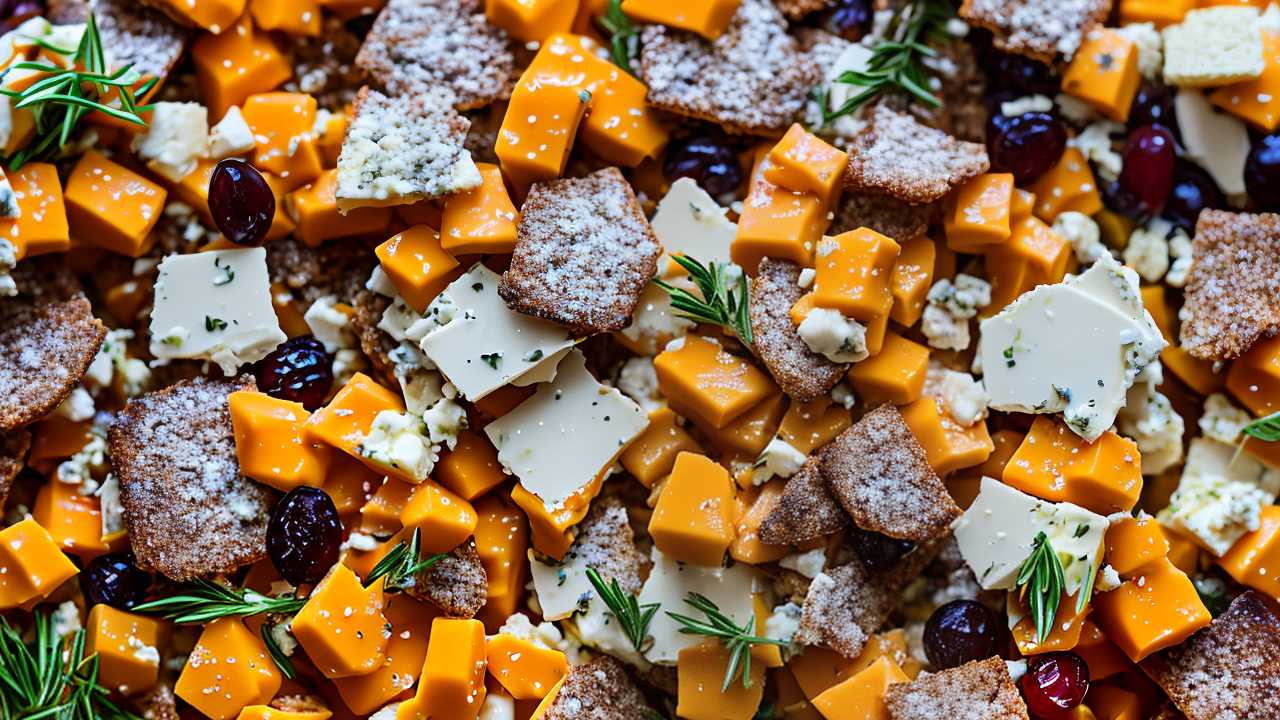
Selecting the right crackers is almost as crucial as the cheese itself when assembling an impressive cheese board. You want your guests to experience a symphony of flavors and textures that elevate every bite. The choice of cracker can complement or overshadow the delicate nuances of each cheese.
Let's delve into how to pick the perfect cracker types to enhance your cheese board.
Here are three key points to consider when selecting crackers:
- Match Flavor Profiles: Pair mild crackers with strong-flavored cheeses and vice versa. A buttery, rich cracker can stand up to a robust cheddar, while a delicate wafer complements a creamy brie. It's all about balance, ensuring that neither the cheese nor the cracker dominates the palate.
- Consider Texture: The texture of your cracker can transform the cheese tasting experience. For a soft, spreadable cheese, choose something crisp and light that won't crumble under pressure. Hard, aged cheeses pair beautifully with a heartier, grainy cracker that offers a satisfying crunch.
- Shape and Size: The practical aspects of serving shouldn't be overlooked. Ensure the cracker is of a size that makes it easy to handle and can support a generous piece of cheese. A round, sturdy cracker is often a versatile choice, suitable for most cheese shapes and sizes.
In addition to these considerations, integrating creative pairing ideas like using flavored or artisan crackers can further enhance the tasting experience, adding an unexpected twist that complements both the cheese and any accompanying meats or condiments.
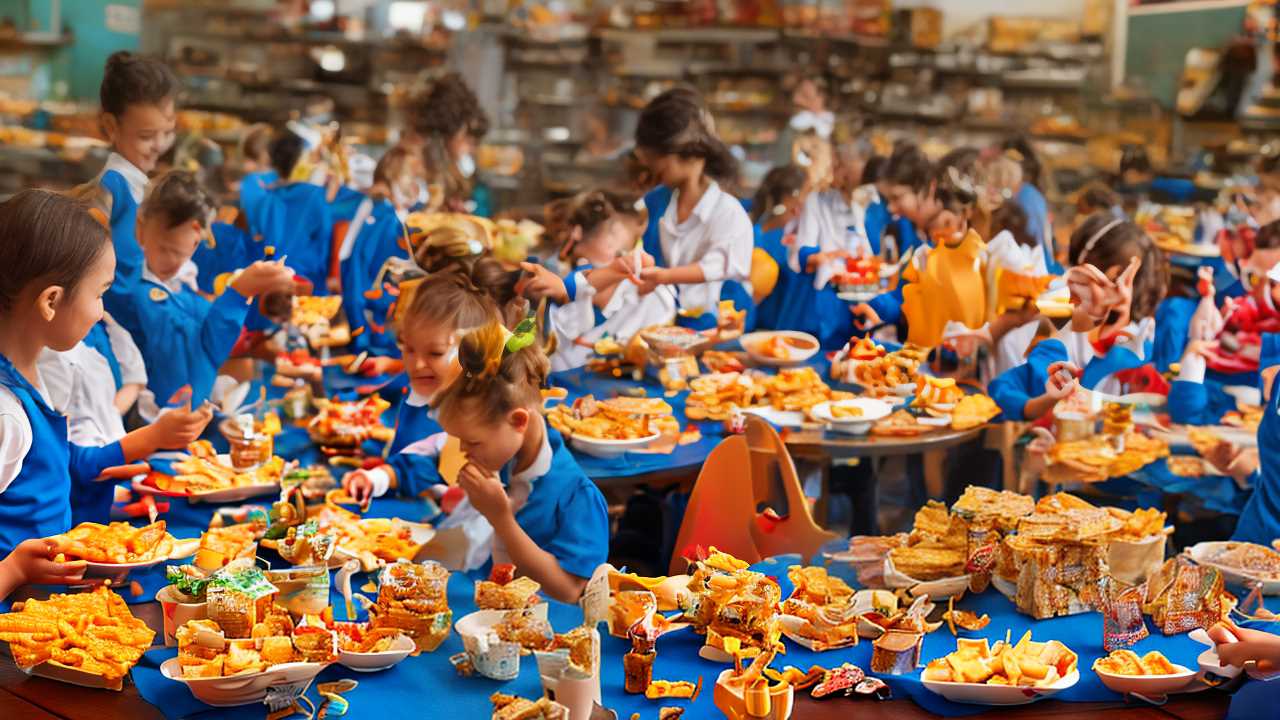
Exploring Fruit Combinations
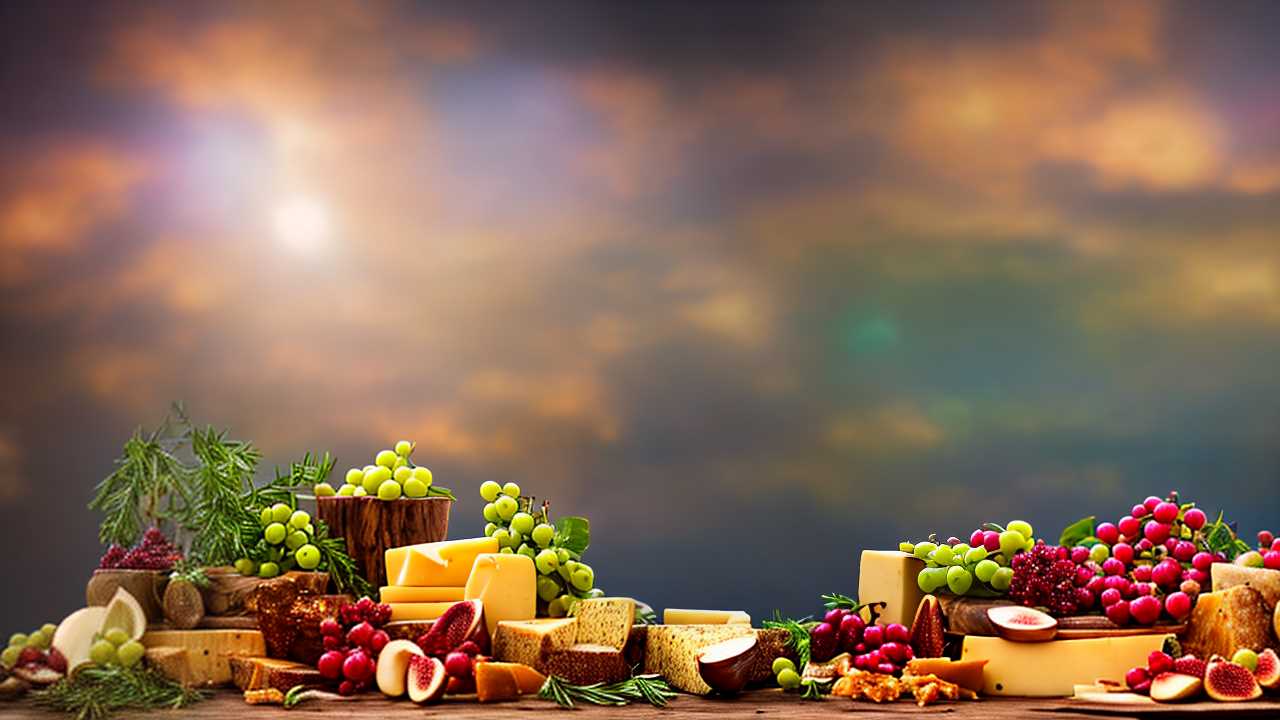
After mastering the art of cracker selection, let's explore how fruits can elevate your cheese tasting journey. Integrating fruits with cheese not only enhances flavors but also adds a vibrant aesthetic to your platter. Let's delve into the delightful world of fruit and cheese pairings.
Starting with fresh berries, these little bursts of sweetness contrast beautifully with creamy cheeses. Imagine pairing a soft brie with fresh strawberries or tart raspberries—the acidity and sweetness of the berries cut through the richness of the brie, creating a harmonious taste experience.
Moving to stone fruits, such as peaches and cherries, you'll find their juicy, fragrant profiles pair exceptionally well with tangy cheeses like goat cheese or feta.
Seasonal fruits offer a special opportunity to reflect the time of year in your cheese selections. In summer, lush apricots and plump plums can be paired with mild, creamy cheeses to highlight their sweetness. In cooler months, pears and apples make excellent companions for stronger, aged cheeses, balancing out their bold flavors with a gentle, sweet crispness.
The exploration of unique culinary adventures with less common fruits and cheeses can lead to delightful discoveries that refresh traditional cheese boards.
Dried fruits are a year-round staple. Their concentrated sweetness and chewy texture stand up to the robust flavors of aged cheeses like Parmesan or Gouda. A small heap of dried figs or apricots next to slivers of these hard cheeses can turn your cheese board into a centerpiece of conversation.
Don't forget the magic of fruit compotes. These can act as a bridge between cheese and fresh fruits, offering a delightful mix of textures and flavors. A tangy cherry compote, for instance, can beautifully complement a creamy blue cheese, enhancing both the fruit and the cheese with every bite.
Serve these combinations to your guests, and watch their delight as they discover each unique pairing.
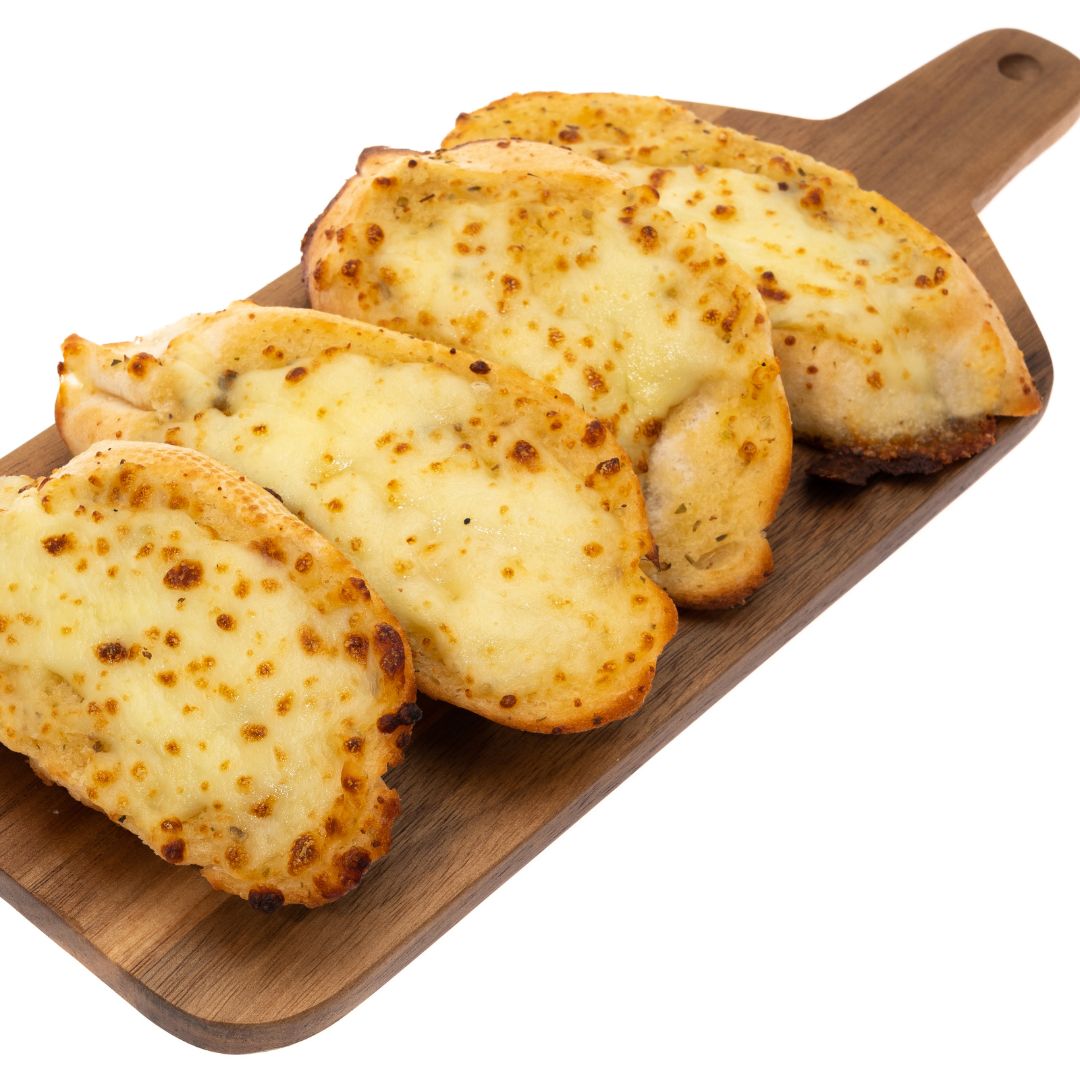
Incorporating Nuts and Honey
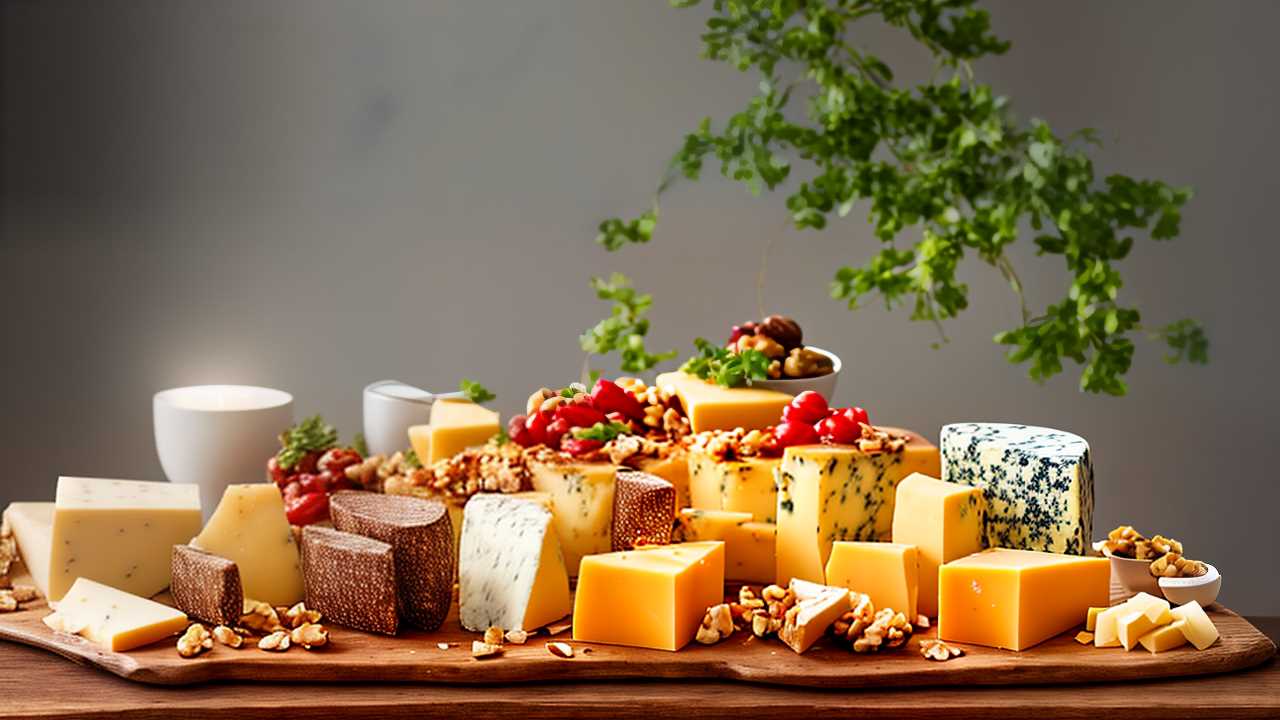
With the foundation of fruit and cheese pairings firmly established, let's turn our attention to the delightful enhancement that nuts and honey can bring to your cheese board. When you skillfully combine these elements, you elevate the sensory experience, making each bite a discovery of complementary flavors and textures that your guests will adore.
Nuts, with their rich textures and varied flavors, are a superb complement. Different nut varieties can profoundly influence the overall tasting experience. Here's how you can integrate them:
- Almonds: Their mild, buttery flavor pairs wonderfully with soft cheeses like Brie or Camembert, enhancing the creaminess without overpowering the cheese.
- Walnuts: Slightly bitter, they add a textural contrast and taste especially divine with blue cheeses. The bold flavors of the cheese balance with the earthy notes of the walnuts.
- Pecans: Sweet and buttery, they're delightful with aged cheeses such as Gouda or cheddar, creating a balance between sweet and savory.
Now, let's drizzle in some sweetness with honey. Choosing the right honey types can transform a simple cheese pairing into a gourmet experience. Lighter honeys like acacia are perfect with delicate cheeses, enhancing without masking their flavors.
In contrast, a robust buckwheat honey pairs beautifully with stronger cheeses, such as aged cheddar, offering a sweet counterbalance to the saltiness.
As you serve, remember that each nut and honey has its unique profile that can either complement or contrast with your chosen cheeses, turning your board into an unforgettable culinary canvas.
Experiment and enjoy the journey of flavors!
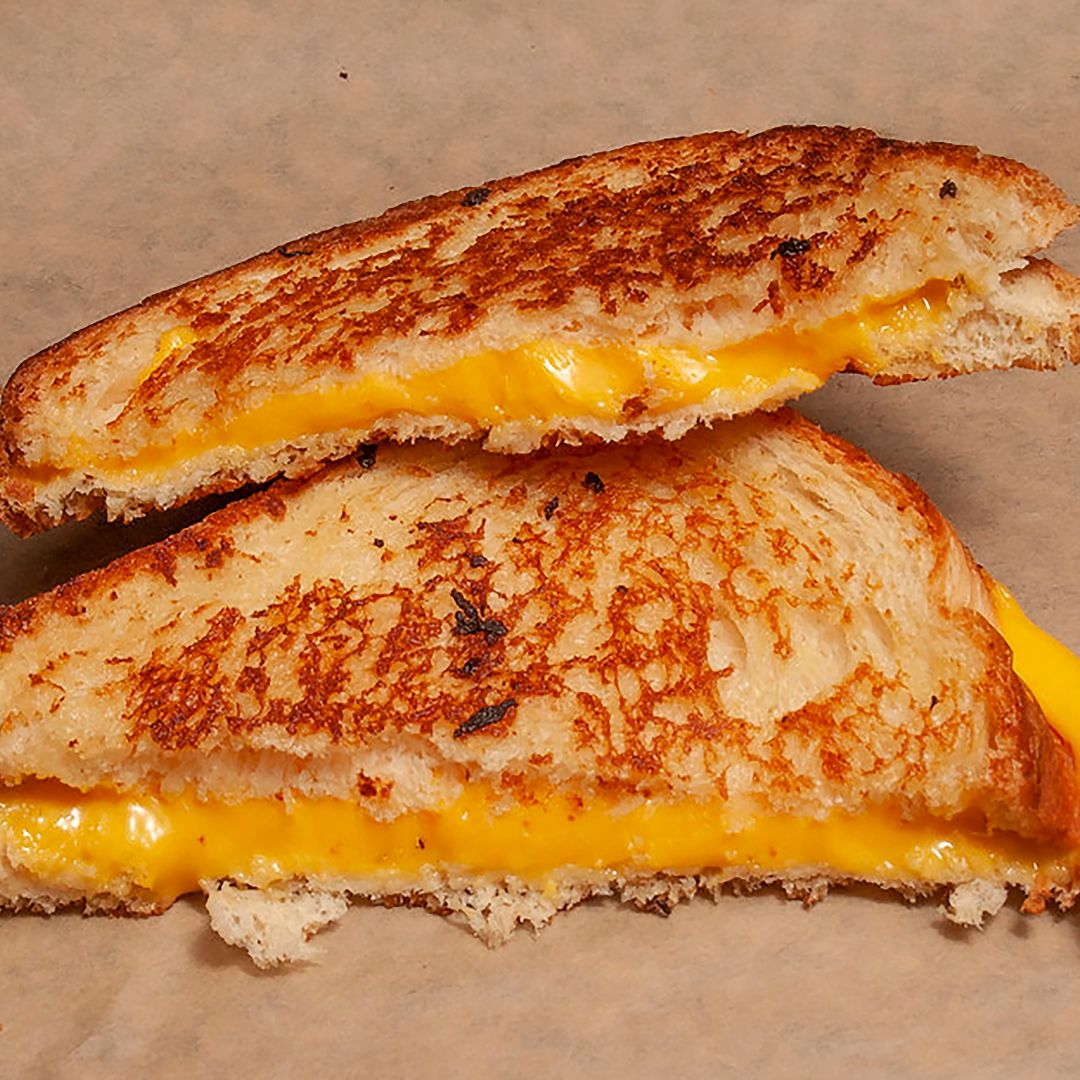
Pairing With Meats and Charcuterie
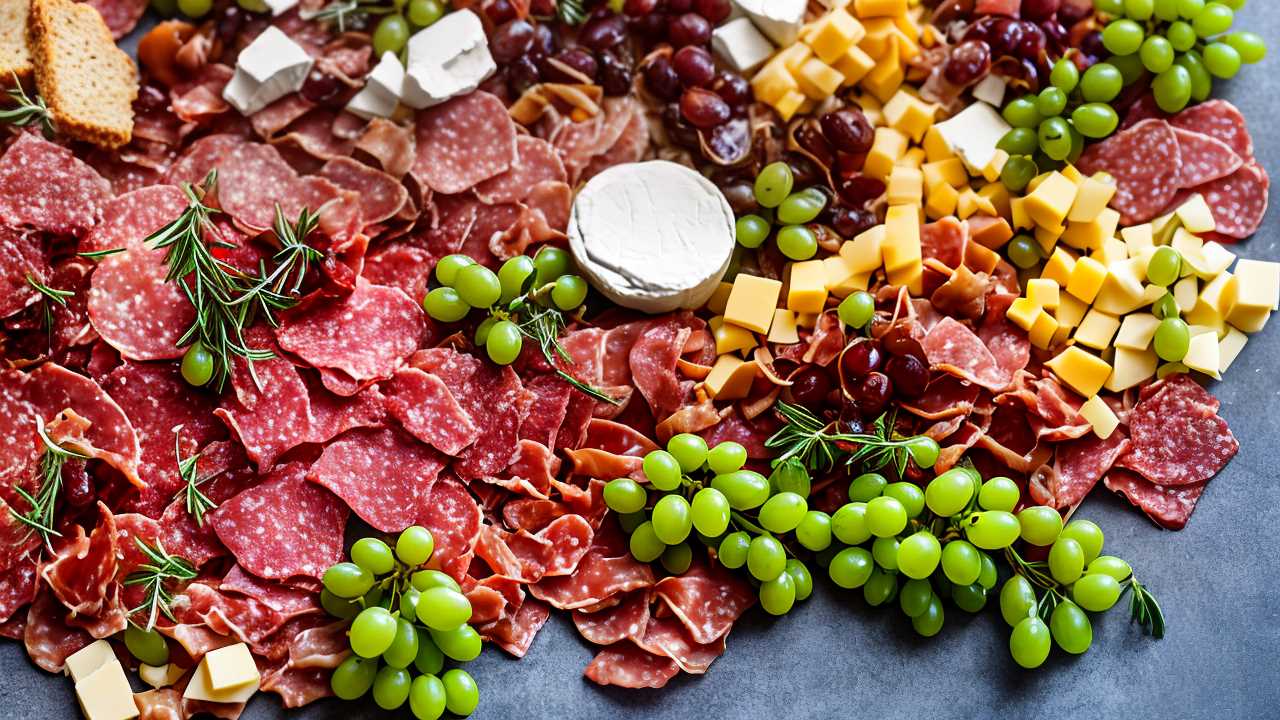
Moving from the subtle sweetness of nuts and honey, let's explore how meats and charcuterie can robustly enhance your cheese pairings. When you're setting the stage for an unforgettable culinary experience, the right combination of cheese and charcuterie is key.
Start with the classic, salty prosciutto. Its delicate, melt-in-your-mouth texture pairs wonderfully with a creamy mozzarella or a sharp, aged Parmesan. The saltiness of the prosciutto beautifully contrasts with the mildness or bite of these cheeses, making each flavor stand out more distinctly.
Next, consider the spicy chorizo. This boldly flavored sausage, with its hints of paprika and garlic, is a match made in heaven for the smooth, buttery texture of a Manchego cheese. The spice from the chorizo wonderfully cuts through the richness of the cheese, creating a balanced and lively flavor profile.
Don't forget about smoked sausage. Its deep, smoky notes are a perfect complement to a tangy cheddar or gouda. The smokiness enhances the cheese's own complex flavors without overpowering them, adding a rustic touch to your platter.
For something a bit more refined, try herbed salami paired with a creamy Brie or Camembert. The subtle hints of herbs in the salami bring out the earthy tones in these soft cheeses, providing a sophisticated and harmonious blend.
Include some cured duck or peppered beef for their rich, intense flavors. Pair these with a milder cheese, like a soft goat cheese or a silky burrata, to let the meat shine while the cheese provides a creamy backdrop.
Lastly, rich pâté and tangy bacon are decadent choices that require equally bold cheeses like Roquefort or Stilton. These pairings are sure to impress, making every bite a luxurious experience.
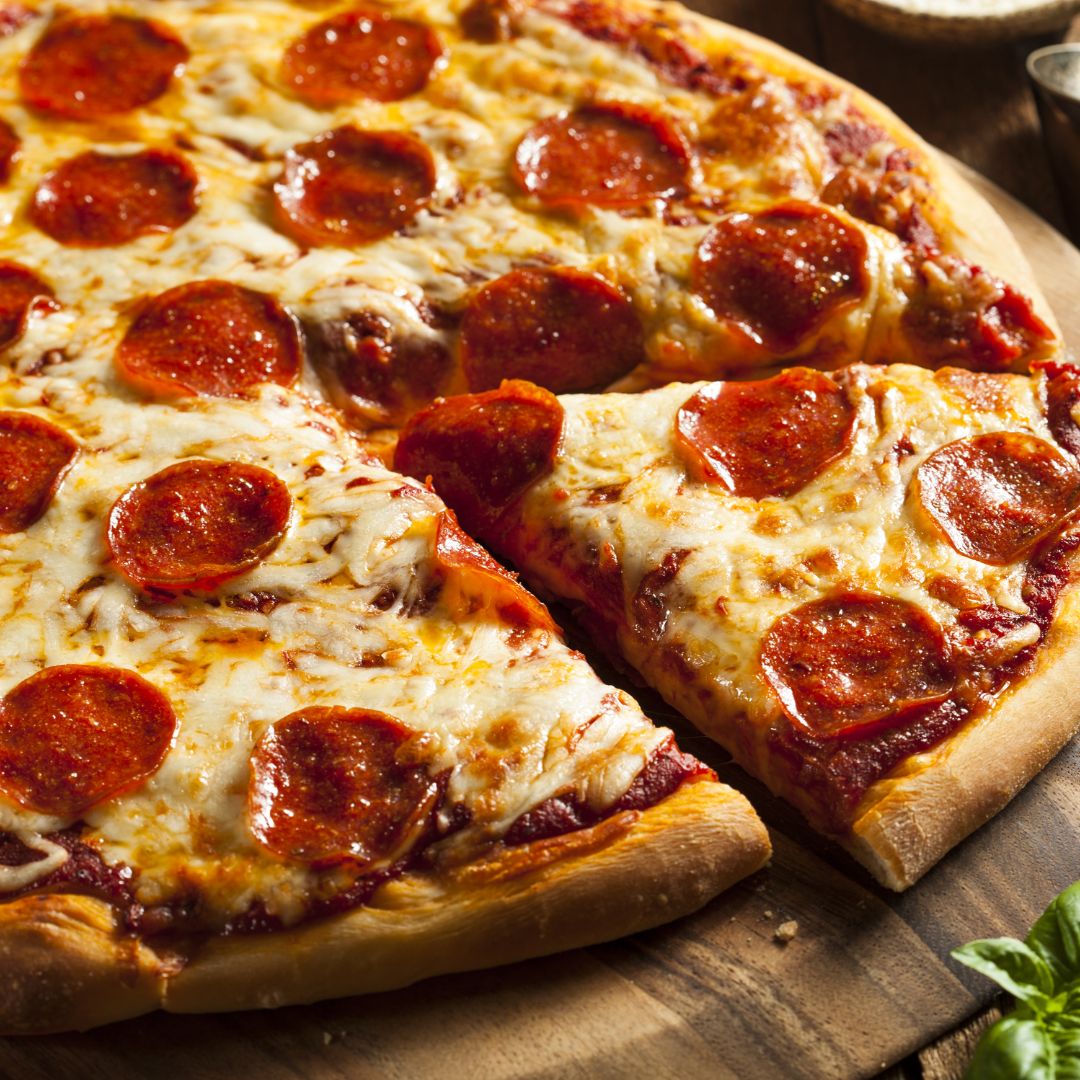
Frequently Asked Questions
Can Cheese Be Paired With Vegan Alternatives?
Absolutely, you can pair cheese with vegan alternatives!
Vegan cheese has evolved, offering varied flavor profiles and textures that complement traditional cheese beautifully. When pairing, consider texture differences to balance mouthfeel.
For instance, a soft vegan cheese goes well with a firmer dairy cheese. Explore pairing suggestions like combining a nutty vegan cheese with a tangy traditional one to delight your guests.
This thoughtful approach enhances any dining experience, showing care in your offerings.
How Does Cheese Affect Lactose Intolerance?
When you eat cheese, your body's ability to handle it depends on lactose enzymes. If you're lactose intolerant, you might lack enough of these enzymes, leading to difficulties in cheese digestion.
Opt for cheeses that are naturally lower in lactose, like hard cheeses, which can be easier on your system.
Understanding this can help you better serve those with dietary restrictions, ensuring they enjoy their meals without discomfort.
Are There Optimal Temperatures for Serving Cheese?
You might think all cheese is the same, but serving temperatures can make or break its flavors.
For soft cheeses like Brie, room temperature brings out a creamy texture, while hard cheeses like cheddar are best slightly cool, enhancing their sharpness.
Each cheese has its unique profile that shines at specific temperatures.
Master these nuances, and you'll elevate your hosting game, delighting your guests with perfectly presented cheese that tantalizes their taste buds!
What Cheeses Are Safe During Pregnancy?
When you're expecting, you must be cautious with cheese choices.
Hard cheeses like cheddar and parmesan are generally safe because their low moisture content and high acidity deter bacterial growth.
However, avoid unpasteurized soft cheeses such as brie and feta, as they can harbor listeria, which poses a risk during pregnancy.
Opt for pasteurized versions to enjoy safely.
Always check the labels to ensure the cheese is suitable for your dietary needs during this special time.
How Can I Incorporate Cheese in Desserts?
Incorporating cheese into desserts can elevate your culinary creations and delight your guests.
For a sophisticated touch, blend soft cheeses like ricotta or mascarpone into cheesecakes or mousses. Sharp cheeses, such as cheddar, can be intriguingly paired with apple pies or crisp tarts.
Don't forget about pairing dessert wines that complement the richness of cheese desserts, enhancing both their flavors. Your thoughtfulness in crafting these sweet pairings will surely impress and satisfy.
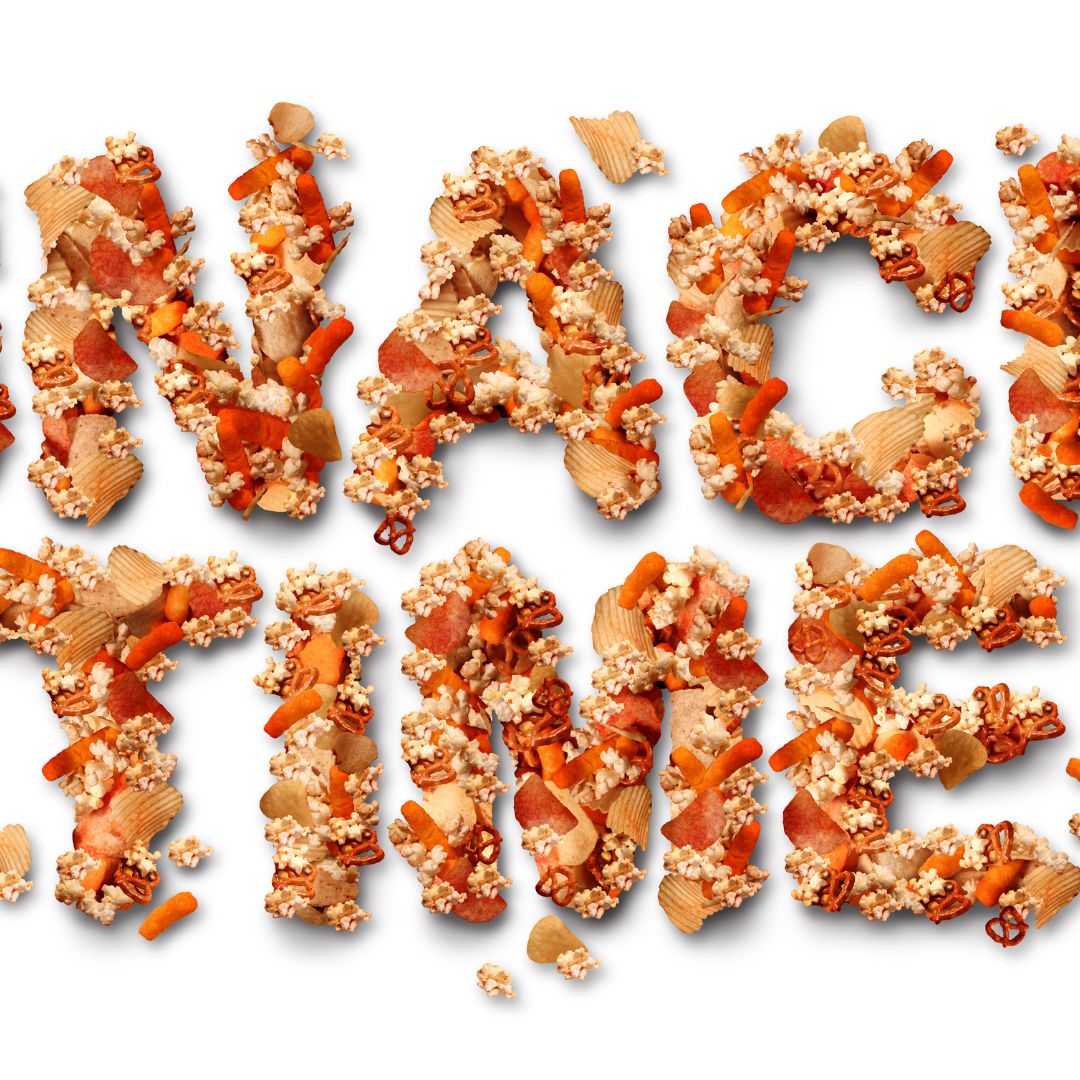
Conclusion
Now that you've got the lay of the land, let your taste buds embark on a delectable journey! Marry your favorite cheese with a bold wine, crisp crackers, or succulent fruits. Don't forget to toss in a handful of nuts or a drizzle of honey for that extra oomph. And for those grand finales, a well-curated charcuterie board will truly hit the spot. Remember, the perfect pairing enhances flavors, turning a simple snack into an exquisite symphony. Bon appétit!

